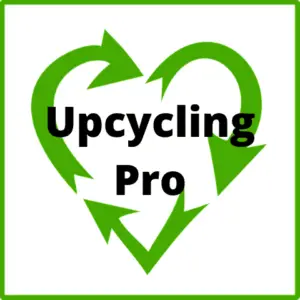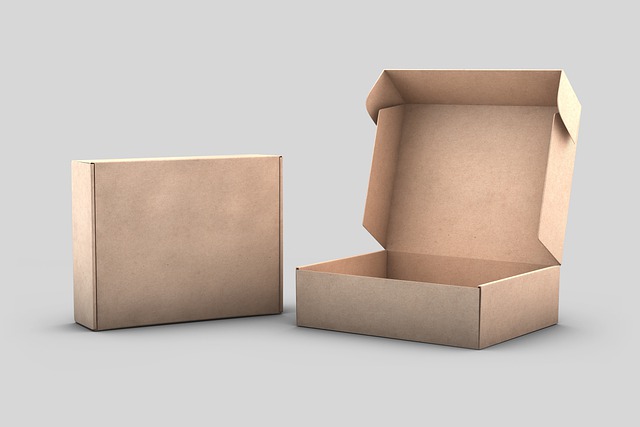Cardboard boxes are a common packaging material used to transport products. However, once their job is done, they often end up in the trash, contributing to environmental pollution. To reduce the impact of cardboard boxes on the environment, recycling them is an excellent option. Recycling cardboard boxes reduces the number of trees cut down to make new boxes and also reduces the amount of energy used to make them.
Why Recycle Cardboard Boxes?
There are several reasons why recycling cardboard boxes is essential. Some of these reasons include:
Environmental Conservation
Recycling cardboard boxes reduces the number of trees that require cutting down to make new boxes. Trees are essential in maintaining a healthy environment as they absorb carbon dioxide and release oxygen, which helps in reducing the impact of climate change. Recycling boxes also reduces the amount of waste that ends up in landfills, which reduces pollution.
Cost Reduction
Recycling cardboard boxes can be cost-effective for businesses that use them as packaging material. Instead of purchasing new boxes, recycling old ones can cut costs significantly. Recycling can also reduce the cost of waste disposal since cardboard boxes take up a lot of space in landfills, which can be costly to maintain.
Energy Conservation
Recycling cardboard boxes conserves energy since the manufacturing process requires less energy compared to making new boxes. Recycling also reduces the amount of waste that ends up in landfills, which reduces greenhouse gas emissions.
How to Recycle Cardboard Boxes
Recycling cardboard boxes is easy, and it’s a process that anyone can do. Here are some steps to follow when recycling cardboard boxes:
Flatten the Boxes
Flattening the boxes reduces their size, making it easier to store them. It also reduces the amount of space they take up in landfills.
Remove Any Non-Cardboard Material
Before recycling, ensure that all non-cardboard materials such as plastic, bubble wrap, and packing peanuts are removed. These materials can contaminate the recycling process, making it difficult to recycle cardboard boxes.
Check with Your Local Recycling Center
Check with the local recycling center to find out the specific guidelines for recycling cardboard boxes in your area. Some recycling centers may require you to sort the boxes according to their grade or quality.
Donate the Boxes
Donating the boxes is an excellent way to recycle them. You can donate them to schools, churches, or other organizations that may need them.
Reuse the Boxes
Reusing the boxes is also an excellent way to recycle them, especially if they are in good condition. You can use them to store items, ship items, or even make crafts.
Benefits of Recycling Cardboard Boxes
Recycling cardboard boxes has several benefits, including:
Environmental Conservation
Recycling cardboard boxes reduces the number of trees cut down to make new boxes, which helps in environmental conservation. It also reduces the amount of waste that ends up in landfills, which reduces pollution.
Energy Conservation
Recycling cardboard boxes conserves energy since the manufacturing process requires less energy compared to making new boxes. It also reduces the amount of waste that ends up in landfills, which reduces greenhouse gas emissions.
Cost Reduction
Recycling cardboard boxes can be cost-effective for businesses that use them as packaging materials. Instead of purchasing new boxes, recycling old ones can cut costs significantly. Recycling can also reduce the cost of waste disposal since cardboard boxes take up a lot of space in landfills, which can be costly to maintain.
Conclusion
Recycling cardboard boxes is a vital step in conserving the environment, reducing greenhouse gas emissions, and cutting costs. By following the steps outlined in this article, anyone can recycle cardboard boxes and contribute to environmental conservation. Recycling cardboard boxes is an easy process, and everyone can do their part in reducing pollution and conserving the environment.

